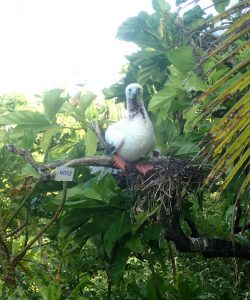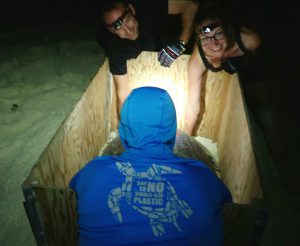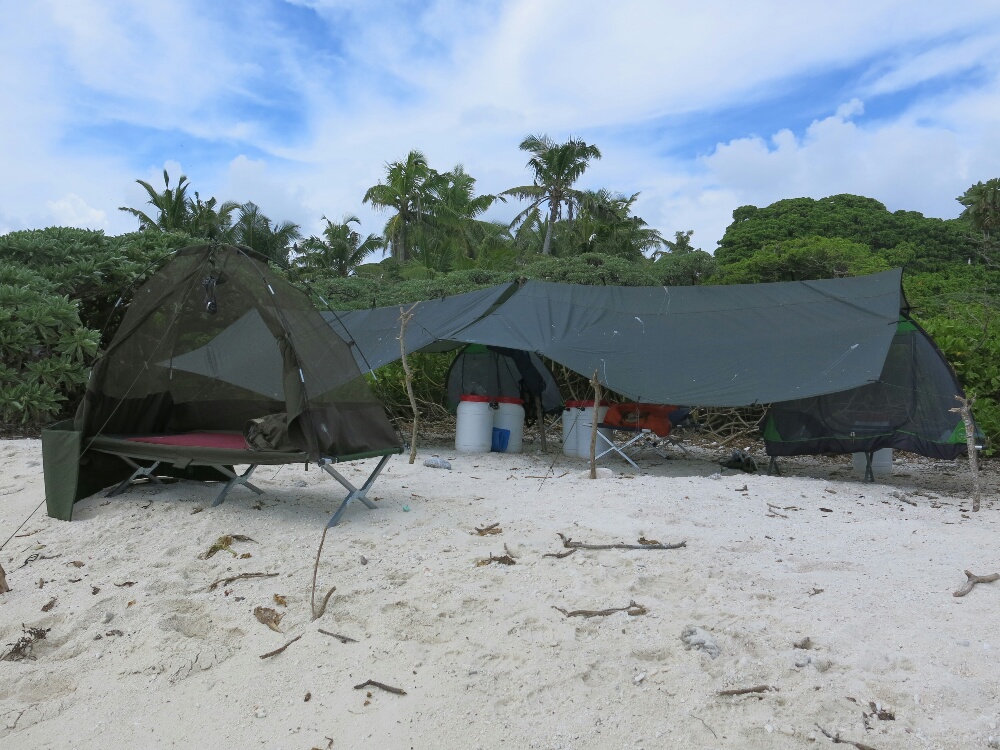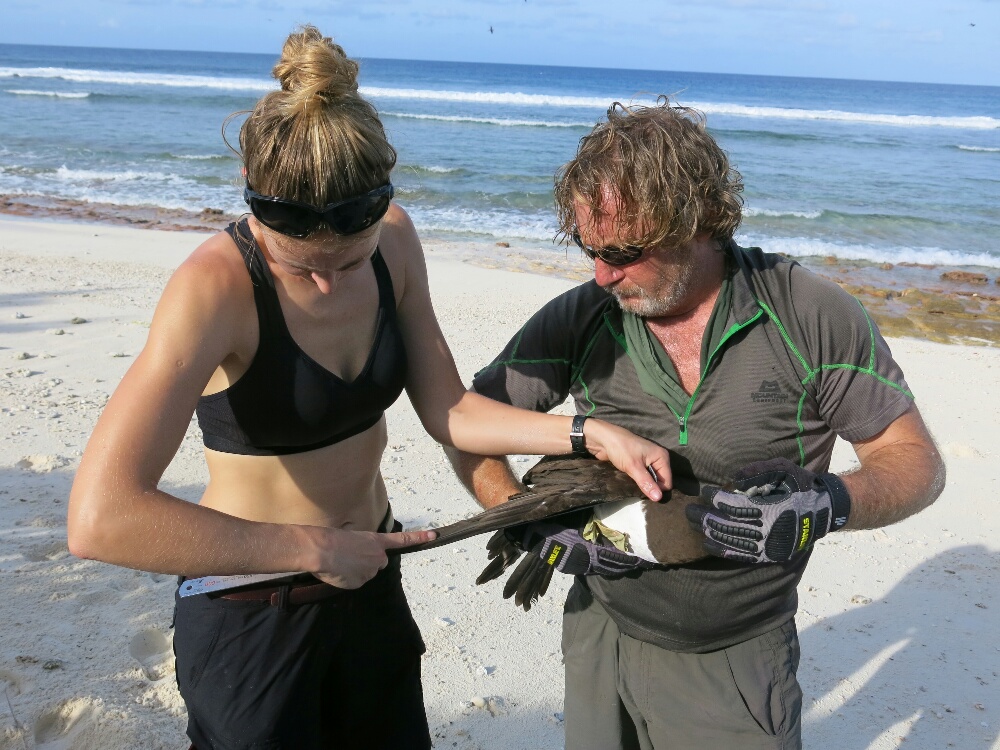Professor Heather Koldewey leads the Bertarelli Foundation’s marine science programme, which is dedicated to advancing our understanding of the ocean. The programme fosters collaborative science that combines the skillsets and disciplines of a range of scientists, all of whom conduct their research in the British Indian Ocean Territory’s Marine Protected Area.
Here, Professor Koldewey describes how the marine science programme helps scientists make progress in this important area, and what she considers to be ocean conservation’s biggest challenges.
Can you explain the collaborative approach that the Bertarelli Foundation has adopted?
The idea behind the programme is that by bringing together scientists from diverse fields, working on different projects and with their own particular insights, we can solve bigger, more complex problems. Within our team of more than 70 scientists we have a wide range of disciplines including physicists, geneticists, biologists and ecologists and many others; so although everyone’s working in the same study site, everyone approaches the research with their own particular perspective.
For example, physicists are looking at how underwater waves move around seamounts. At the same time, we have biologists studying the distribution of sharks around the same underwater mountains. By working together, they are finding out how the physics of the ocean is affecting where sharks are found. The more you understand these processes, the more you can start to identify “hot spots” where sharks will be found.
How does the Bertarelli Foundation support marine protected areas in particular?
The Bertarelli Foundation played an important role in helping establish the British Indian Ocean Territory’s Marine Protected Area (MPA) in 2010. Since then, the Foundation has worked with the Pew Charitable Trusts to establish new MPAs around the world, including around Easter Island, the Pitcairn Islands and many others. The Bertarelli Foundation is helping to safeguard these large ocean wilderness areas and help governments achieve international targets for ocean protection.
Can you describe some of the more significant results that have arisen thanks to the collaborative approach taken by the Bertarelli Foundation?
One of the biggest insights has been the relationship between the land and the water – we’ve discovered that what happens on oceanic islands has a huge influence on the neighbouring reefs. For example, there is a much higher biomass and diversity of various reef species adjacent to islands that don’t have rats. These islands are not only much richer in seabirds and natural vegetation, but there’s also evidence suggesting that islands without rats, and therefore healthy bird populations, have better resilience to detrimental events like coral bleaching.
How does the Bertarelli Foundation link science to policy making?
In the UK, there’s a very large marine science community, but it can be difficult to translate research into effective public discourse. Scientists often focus on their research but the Bertarelli Foundation’s work ensures that science is used to inform policy, not just in the Indian Ocean but globally.
2020 is the deadline for governments to meet their targets for ocean protection. Programmes like this are providing robust science to give policymakers the ability to make confident decisions and take much needed action.
There are a lot of issues facing ocean conservation today. If you had to choose just one, what do you think is the primary issue that we should be focusing on?
Having worked in ocean conservation for over 25 years I’ve seen many far-reaching changes. Although some are positive – and obviously the creation of marine protected areas is a positive development – they are often overshadowed by concerning declines in marine species and habitats
If I were to pick just one, the climate crisis would be it. Marine protected areas can build resilience over time but they can’t get to the root cause of the problem. It really is going to be down to policy makers to deliver on their promises such as the Paris Agreement!







